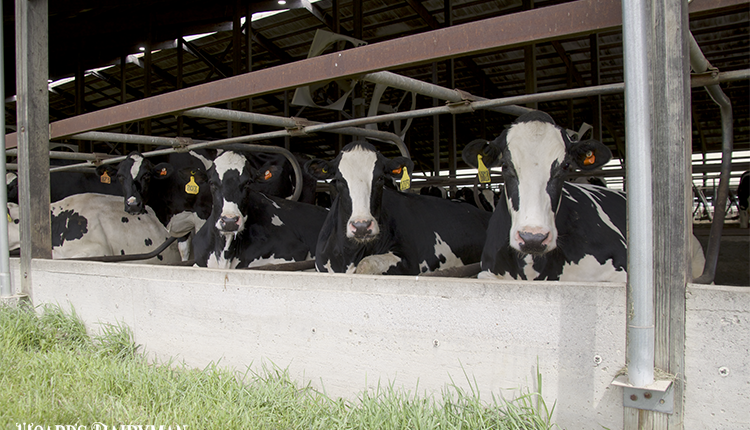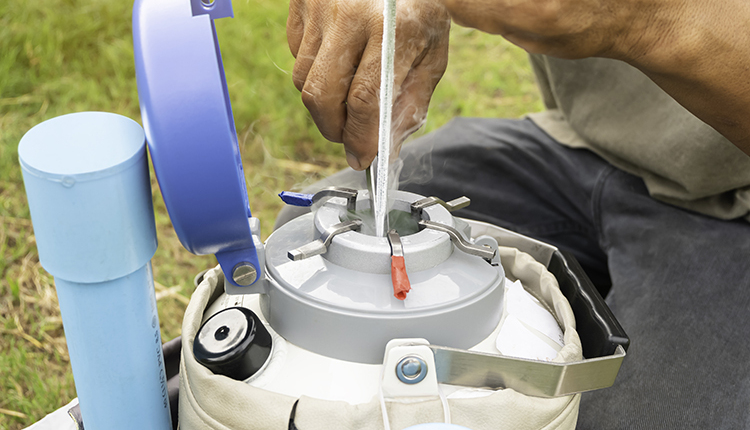
New genetic evaluations for dairy animals will be released on Tuesday, August 8, by the Council on Dairy Cattle Breeding (CDCB). More than 80 million male and female dairy cattle in various countries will receive updated predictions of genetic merit, or “proofs,” for 50 individual traits and four selection indexes.
Three times per year — April, August, and December — dairy animals receive updated U.S. genetic evaluations that incorporate individual animal performance (phenotypic data) with genomic and pedigree information. Watch for the new August 8 evaluations at www.uscdcb.com and in reports by Hoard’s Dairyman and industry organizations.
What traits are new and on the horizon?
Among those 50 traits are 11 economically important traits that have been launched in the past five years:
- Cow livability
- Gestation length
- Displaced abomasum
- Hypocalcemia
- Ketosis
- Mastitis
- Metritis
- Retained placenta
- Earlier first calving
- Feed Saved
- Heifer livability
The use of genotyping and genomics has enabled us to develop many of these newer traits at a higher reliability, or accuracy. An excellent example is Feed Saved, which was introduced in December 2020 to predict feed efficiency of individual Holstein animals. Cows vary in their ability to convert feed to milk, and genomic tools and data technologies now allow us to identify and select for animals with that genetic advantage. The goal is to identify specific cows that eat less than expected (save feed) while maintaining production and body condition. Genetic selection for feed efficiency allows producers to reduce feed expenses without sacrificing production. Collectively, dairy’s environmental footprint is also reduced.
CDCB is also active in research and development for new and emerging traits to help dairy farmers breed cattle that are healthy, productive, profitable, and sustainable. Our goal is to identify traits that are important on dairy farms, have genetic variation in the current population, can be accurately measured, and help maintain or improve the appeal of dairy products in the marketplace.
Along with our research partners at the USDA Animal Genomic and Improvement Laboratory (AGIL) and land-grant universities, we are exploring new traits that measure and report the genetic variation around milking speed, Johne’s disease, hoof health, and enteric methane emissions.
Why is the U.S. genetic system unique?
The engine of U.S. dairy evaluations is the national cooperator database managed by CDCB. With more than seven million individual genotypes, the national cooperator database has grown to be the world’s largest animal database. That is possible through the participation of dairy farmers, collaboration among many producer-driven organizations here in the U.S., and work with select global partners.
A robust certification and quality assurance process is in place to assure high-quality data goes into the database from farms worldwide. It is this combination of data quantity and quality that provides increasingly accurate genetic evaluations. These evaluations are then used by dairy producers around the world to make breeding, culling, and other management decisions to improve their cattle and herds. The independent, unbiased evaluations from CDCB are the foundation for genetic programs and products from breed associations, artificial insemination companies, and dairy records providers.
This partnership between dairy producers, the industry, and the federal government has built a dairy information and genetic system here in the U.S. that is regarded as the gold standard worldwide.








